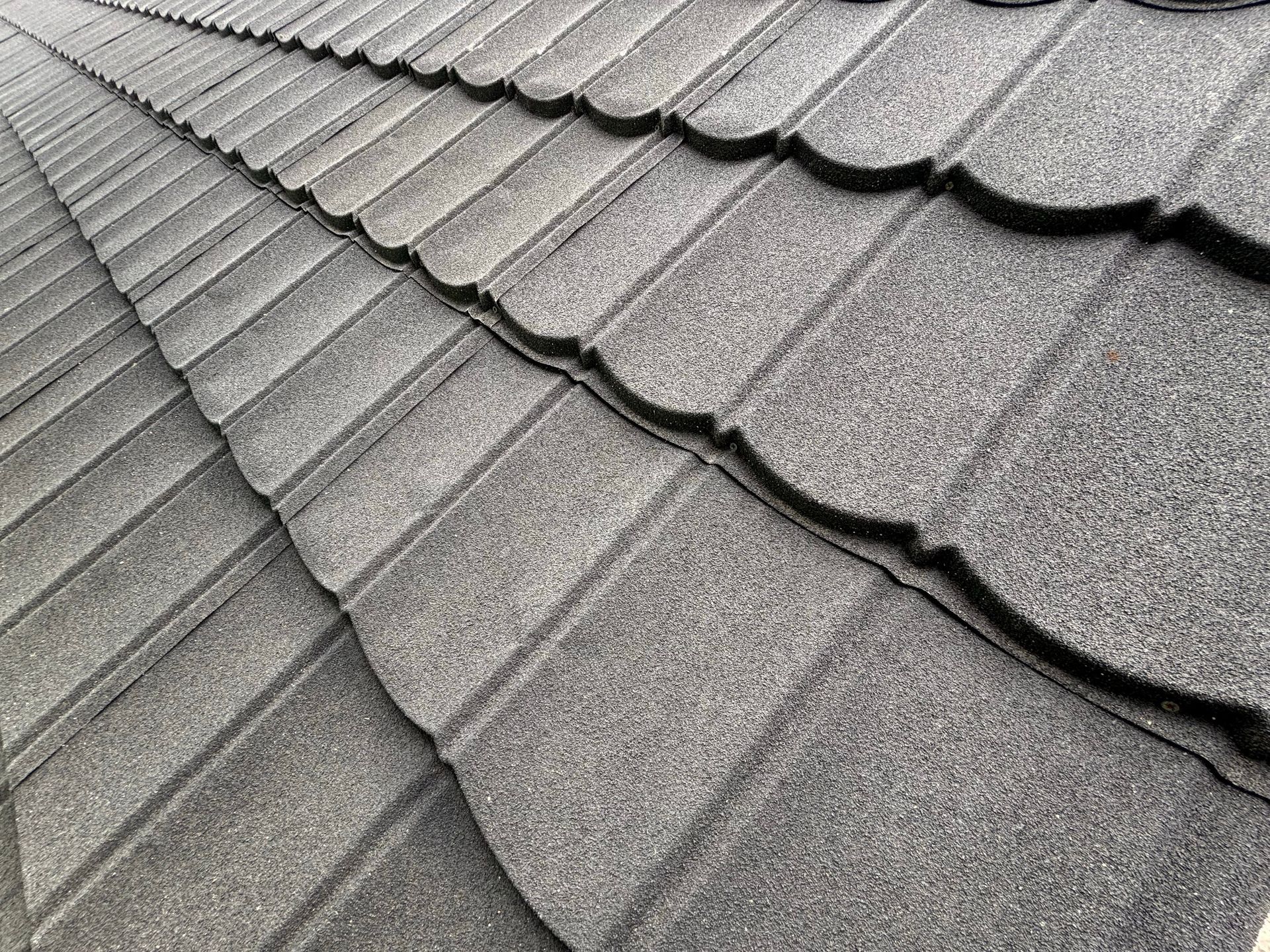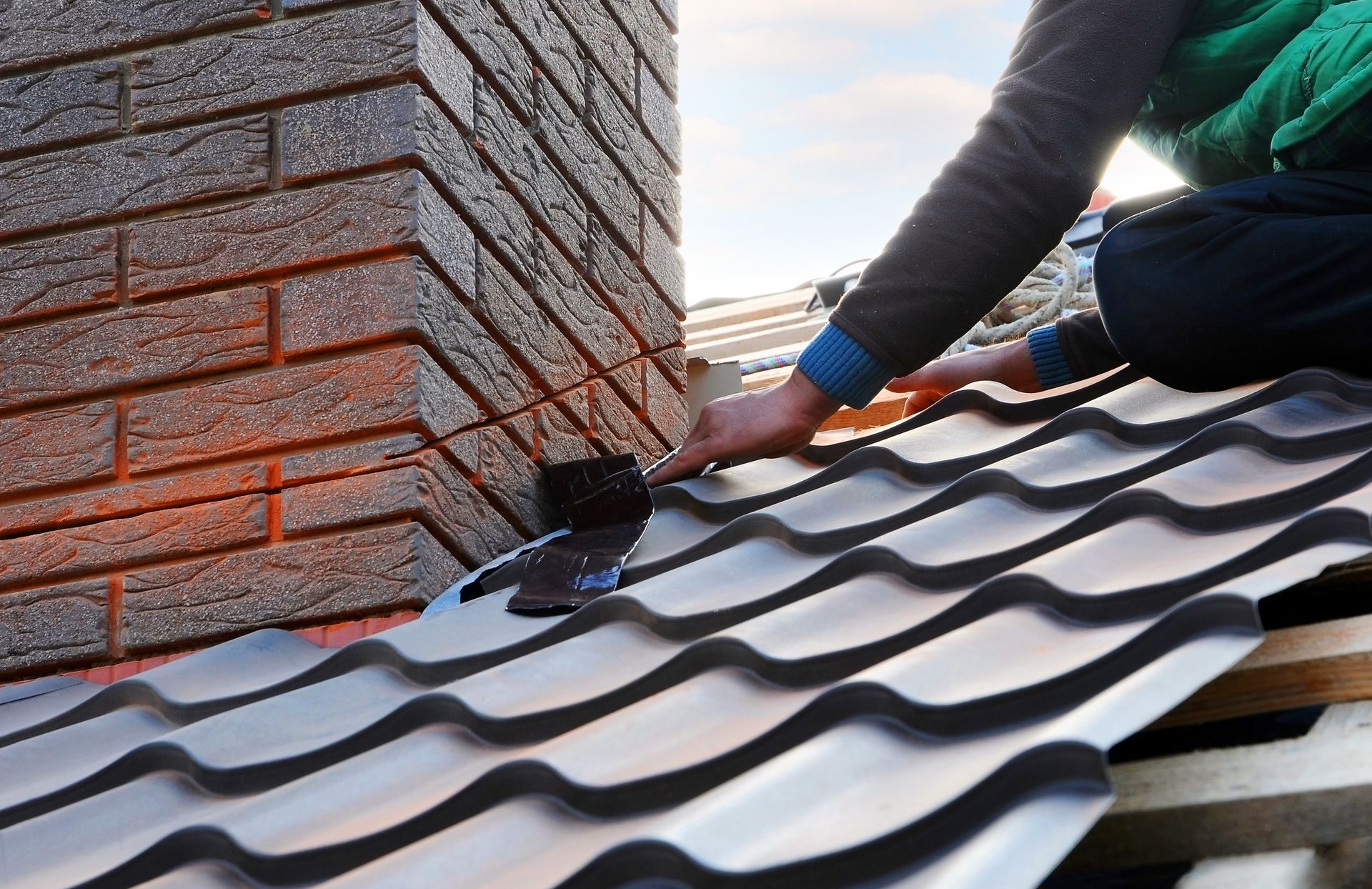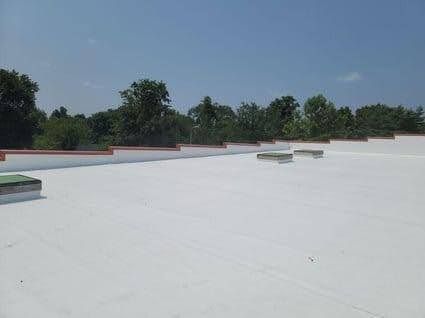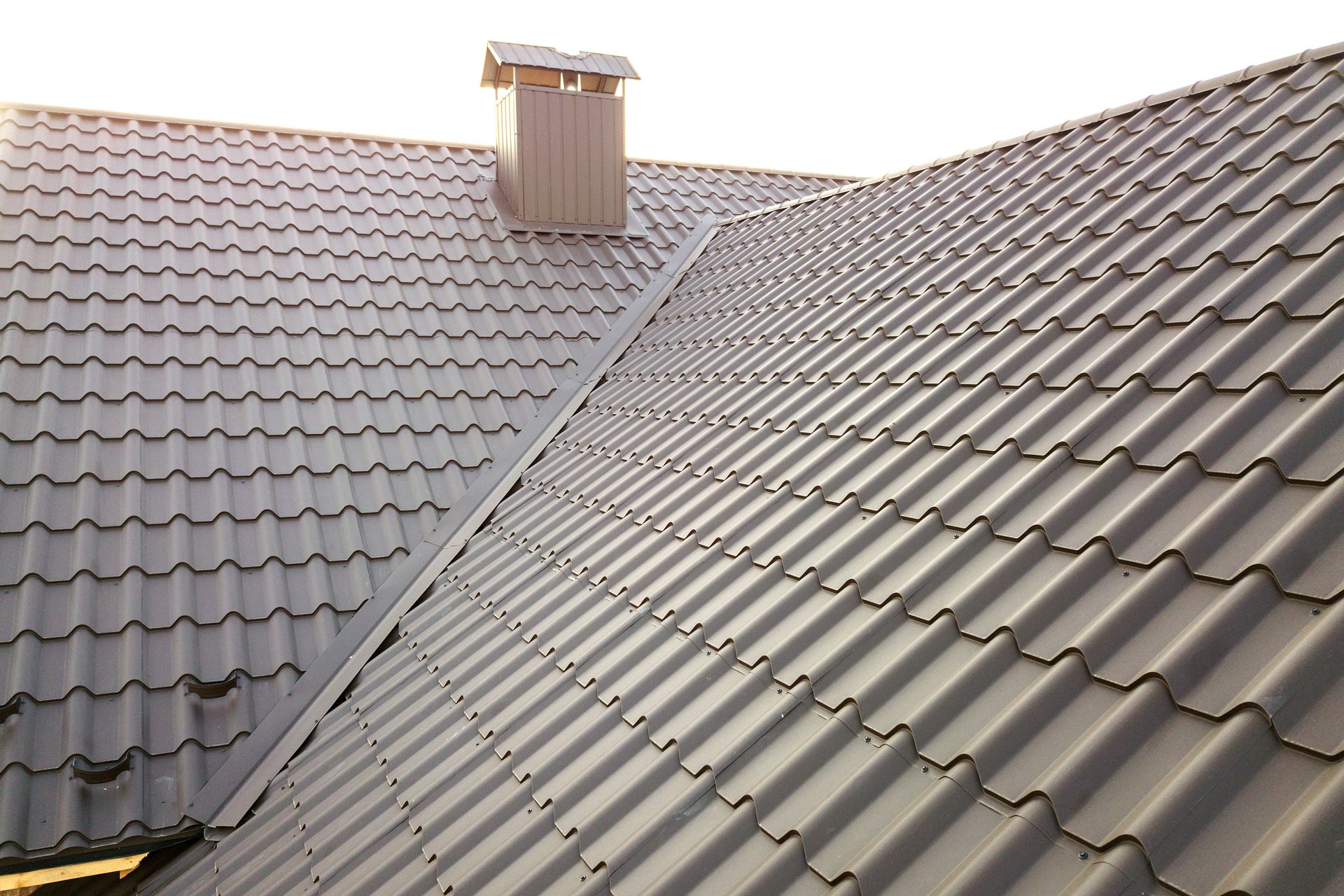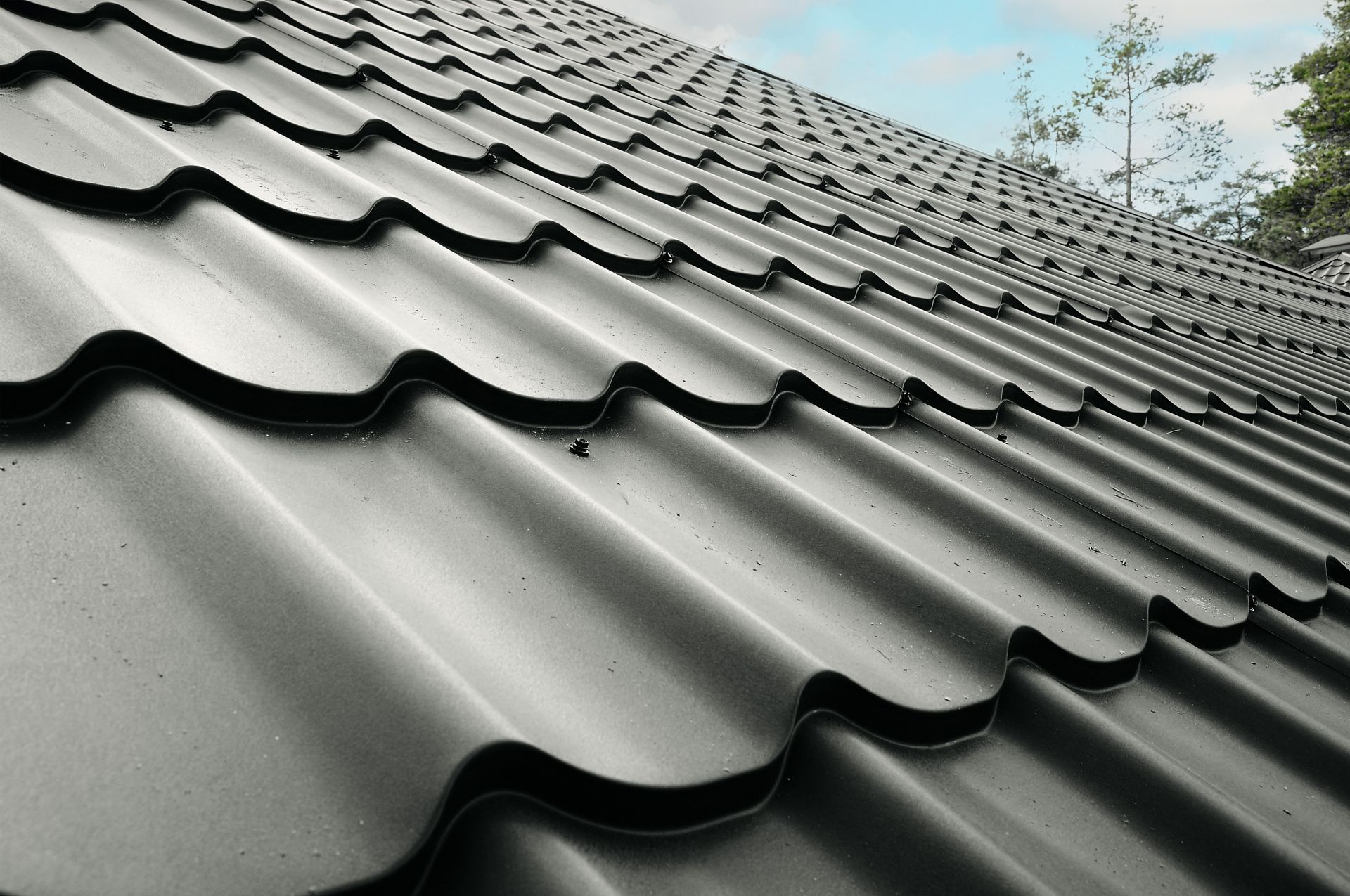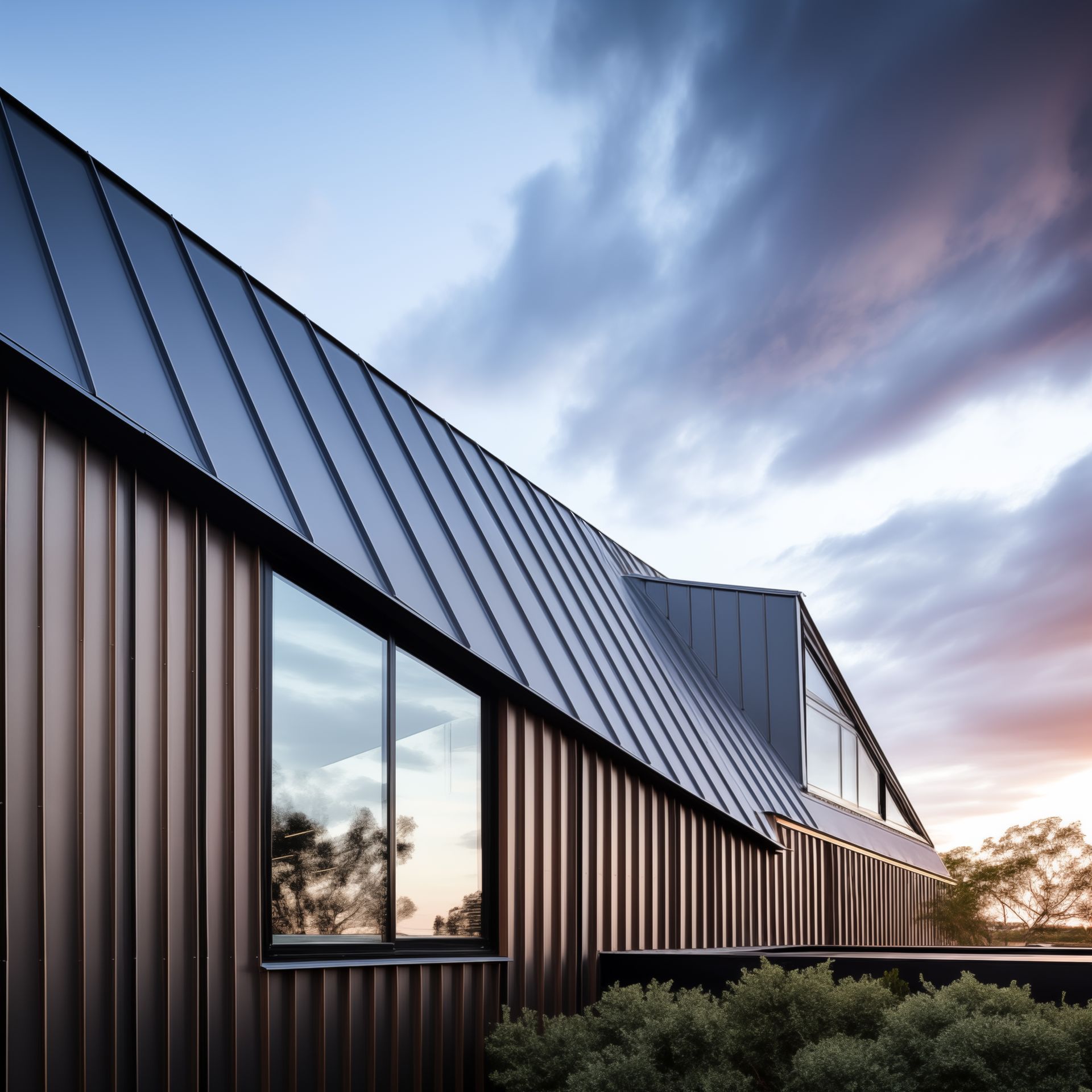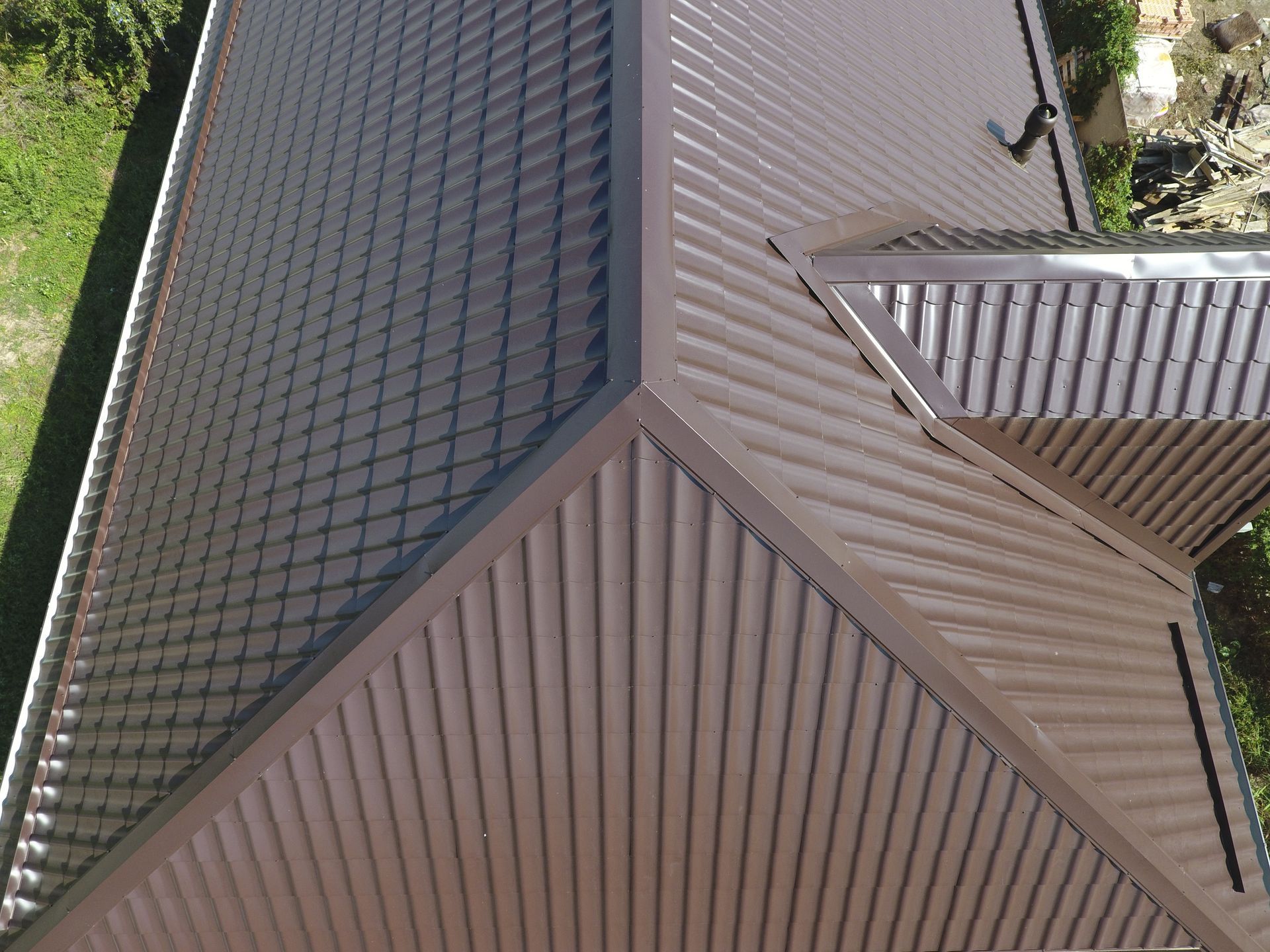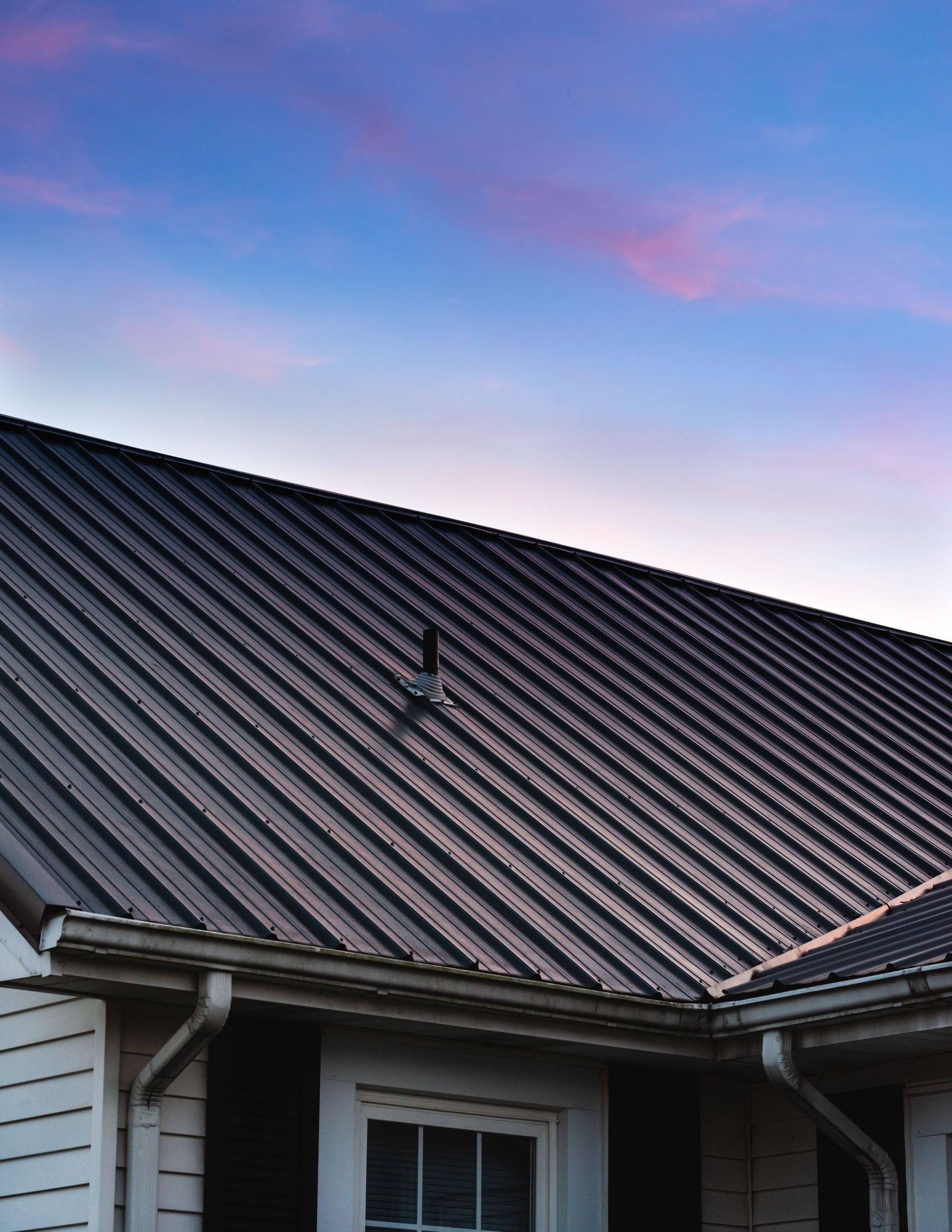All About EPDM Roofing
Do you have a flat or low-slope roof?
Are you considering an EPDM membrane as the roofing material?
EPDM has been more commonly used on commercial buildings for decades. So, even with more homeowners interested, it’s hard to find anything that isn’t commercial roofing related.
Commercial and residential roofing may be in the same industry, but they’re completely different. So, let’s look at it from a residential perspective.
Bald Eagle Roofs and Exteriors Roofing takes pride in providing transparent roofing advice to give homeowners confidence when making decisions. That’s why we want to break down everything you need to know about EPDM roofing membranes.
By the end of this article, you’ll have the answers to the following questions:
- What is an EPDM roofing membrane?
- How thick is an EPDM roofing membrane?
- What color is an EPDM roofing membrane?
- How long will an EPDM roof last?
- How much does EPDM roofing cost?
- How is an EPDM roof installed?
What is an EPDM roofing membrane?
EPDM (ethylene propylene diene monomer) is a single-ply synthetic rubber membrane commonly used in commercial and medical facilities. However, it’s now also popular in residential roofing for roofs below a 2:12 pitch.
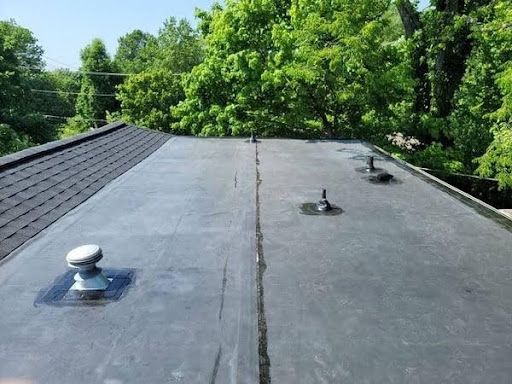
The main reason for EPDM’s popularity is the durability of the membrane. The rubber-like qualities make it stand up well to the elements and hail damage.
EPDM’s membrane can also expand and contract with temperature changes, reducing cracks that create leak risks. This durability and performance make it a long-lasting flat roofing material.
How thick is an EPDM roofing membrane?
While EPDM roofing as a whole is durable, the thickness of the membrane plays a big role. The most common thicknesses of membranes in residential roofing are 45-mil (0.045 inches), 60-mil (0.060 inches), and 90-mil (0.090 inches).
45-mil is the thinnest and cheapest option but is more vulnerable to punctures. 60-mil is the most commonly used thickness for its durability while still being cost-effective.
90-mil is the thickest and most durable option, which makes it great for areas with harsh weather conditions. It’s the most expensive but it provides the greatest durability and lifespan.
We recommend going with 60-mil at the least, but which one you choose ultimately depends on your budget and area.
What color is an EPDM roofing membrane?
EPDM roofing membranes are mainly black, but white is also available. However, the one you should choose depends on your specific needs, the room below, and your area’s temperatures.
Black EPDM membranes absorb heat, which will make the room below warmer. If your area sees frequent high temperatures, I don’t recommend using it over a bedroom or living space.
Instead, you should choose white for better reflectivity and energy efficiency to avoid increased energy bills. White reflects heat better but it will show dirt more than a black membrane.
So, you should consider the aesthetics if you can see the roof from a window. The color is your decision, just consider the room below the roof, your area’s temperatures, and the energy efficiency.
How long will an EPDM roof last?
As previously said, EPDM roofing is extremely durable. I even like to compare it to having a bulletproof rubber roof system.
As long as it’s installed properly, you can expect to get around 25 to 30 years out of a fully adhered 0.060-thickness EPDM roof. Just know how long it’ll actually last depends on multiple factors, like the thickness, weather in your area, the amount of direct sunlight that hits it, the quality of installation, and more.
But as long as EPDM roofing is installed correctly, you should get pretty close to the maximum lifespan.
How much does EPDM roofing cost?
It’s impossible to give you an exact price for an EPDM membrane roof due to all the different cost factors. However, I can give you a rough budgeting number for the entire project.
EPDM roofing will cost around $9.00-$17.00 per square foot for smaller projects and about $7.00-$12.00 per square foot for slightly larger projects. Where you’ll fall in the price range heavily depends on the membrane’s thickness, your roofer’s prices, and the installation method.
However, choosing to add insulation for energy efficiency will also impact the price. This increases even more if you choose insulation thick enough to insulate the entire structure.
How is an EPDM roof installed?
The installation method plays into pricing. There are three EPDM installation methods: fully adhered, mechanically attached, and ballasted.
Let’s look at the differences between the three.
Fully adhered EPDM roof system
The fully adhered installation method is done by gluing the membrane down to the entire roof surface. If it’s a non-water-based adhesive, it’s applied to both the decking and EPDM membrane.
If it’s a water-based adhesive, it’s applied directly to the decking before laying the EPDM membrane over the top. Once the adhesive is applied, the membrane is rolled onto the roof and smoothed out to ensure there are no wrinkles or air pockets.
Mechanically attached EPDM roof system
Unlike fully adhered, mechanically attached EPDM roof systems don’t rely on adhesives. Instead, the EPDM membrane is installed by using screws and plates along the seams between rolls.
The fasteners are installed directly on the roof decking to hold the membrane in place but still allow some movement to expand and contract. Mechanically attaching an EPDM roof system is quicker and less expensive than fully adhered, but there’s more potential for wind uplift.
Ballasted EPDM roof system
While not as common in residential roofing, a ballasted EPDM roof system is held down by something heavy. This installed method is done by rolling out the EPDM membrane over the roof and then covering it with a layer of “ballast” (gravel, rocks, etc.).
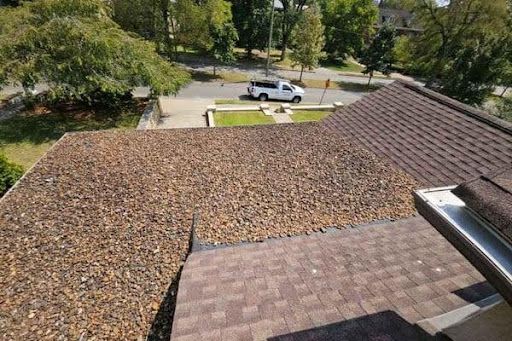
The weight holds the membrane in place, which reduces the need for adhesives or fasteners. However, there are a couple of things to keep in mind.
Because the membrane is literally held down by rocks or gravel, the roof has to support the extra weight. On top of this, trying to find and repair a leak on a ballasted roof is very difficult.
So, make sure to talk to your roofing contractor more before jumping right into a ballasted EPDM roof install.
What other flat or low-slope roofing materials should you consider?
After reading this article, you know what an EPDM roofing membrane is and the things you need to know about. By keeping everything here in mind, you can determine if an EPDM membrane roof system is the best choice for your flat or low-slope roof.
But how can you make the final decision without knowing the other options? The truth is, you can’t.
That’s why we wrote another article breaking down the other options available to homeowners for a flat or low-slope roof system.
Check out The 4 Best Materials for a Flat Roof (& How Much They Cost) to learn more about the best flat and low slope roofing options.
Areas We Serve
Columbus, GA
Opelika, AL
Auburn, AL
Newnan, GA
Phenix City, AL
Services we offer
Roof Replacement
Roof Repair
New Roof Installation
Roof Inspections
Storm Damage
Commercial Roofing
Exterior Services
All Rights Reserved | Bald Eagle Roofs & Exteriors | Privacy | Powered by Aletheia Digital


